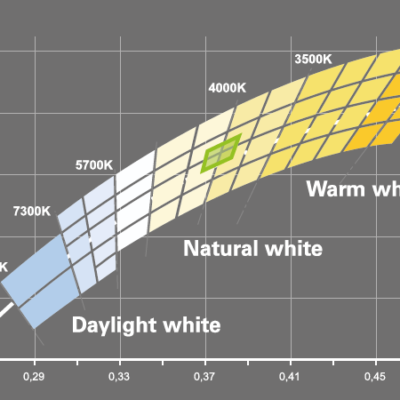March 30th, 2024
LED (Light Emitting Diode) lights are generally considered safe for both eyes and human health when used properly. However, like any source of artificial light, improper use or prolonged exposure to LED lights can potentially cause some issues.
- Blue Light Exposure: LED lights emit blue light, which has a higher frequency and shorter wavelength compared to other colors in the visible light spectrum. Prolonged exposure to blue light, especially at night, can disrupt sleep patterns by interfering with the body’s production of melatonin, a hormone that regulates sleep-wake cycles. This disruption can potentially lead to insomnia and other sleep-related issues.
- Eye Strain: Staring at LED screens or lights for extended periods can cause eye strain, discomfort, and even headaches for some individuals. This is often due to the high intensity and concentration of the light emitted by LEDs. However, proper lighting conditions and ergonomic setups can help minimize eye strain.
- Flicker: Some low-quality LED lights may flicker imperceptibly, which can cause discomfort and fatigue, particularly for those who are sensitive to flickering lights. High-quality LED lights typically have built-in mechanisms to reduce or eliminate flicker.
- UV Emission: Unlike traditional incandescent bulbs, LED lights do not emit significant amounts of ultraviolet (UV) radiation. However, some LEDs may still produce small amounts of UV radiation, though typically well within safe limits for human exposure.
- Heat Emission: LED lights produce very little heat compared to traditional incandescent bulbs, which can reduce the risk of burns or fires. However, some high-powered LEDs may still generate enough heat to require proper ventilation and heat management in certain applications.
To minimize potential risks associated with LED lights, it’s essential to:
- Use high-quality LED lights from reputable manufacturers.
- Opt for LED lights with built-in flicker reduction technology.
- Limit exposure to blue light from LEDs, especially before bedtime.
- Ensure proper lighting conditions and ergonomic setups to reduce eye strain.
- Follow manufacturer recommendations for installation and use of LED lights.
Overall, when used correctly, LED lights are a safe and energy-efficient lighting option for both residential and commercial applications.


